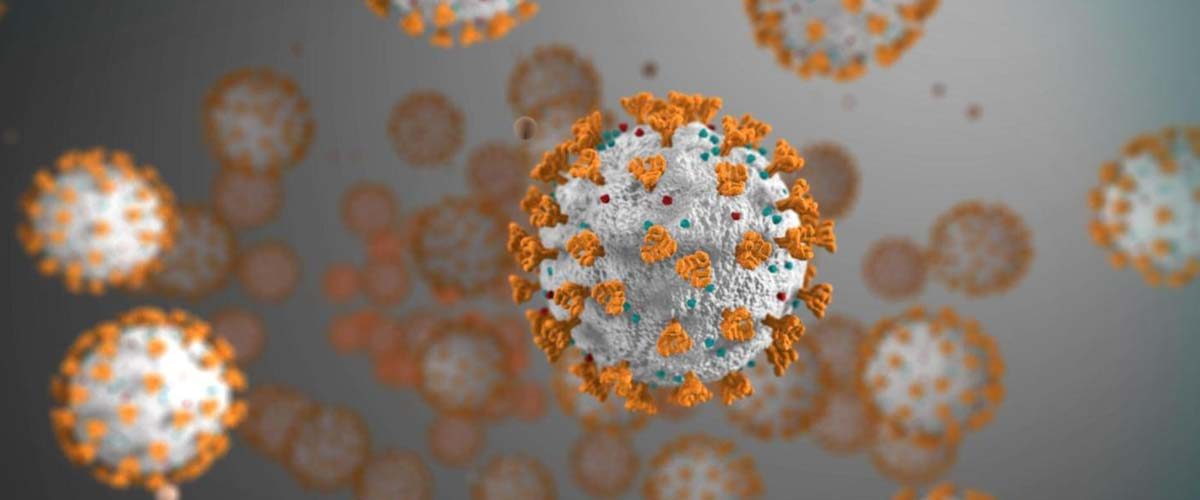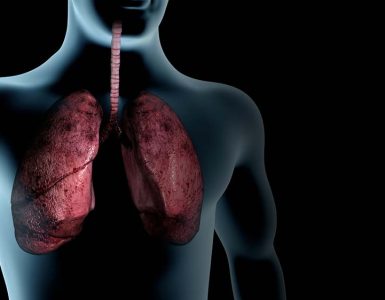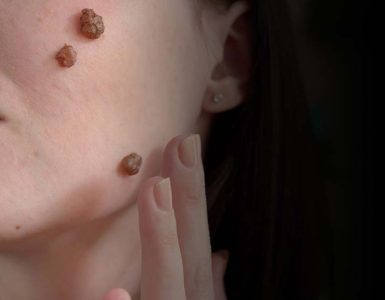The outspread of coronavirus has pushed the world to develop vaccines and alternative drugs sideways to adopt preventive measures to combat the disease. However, with changes over the past year, the virus has taught scientists a lot. Ralf Bartenschlager reported, “the seasonal change mainly influence the rise in viral infection.”
Ralf’s study showed that the virus has the potential to rewire the cells and take control of the host within 24 to 48 hours. The study was an eye-opener for the scientific community, displaying the morphological changes a cell undergoes after infection. Bartenschlager explained, “ the ideal way to achieve viral suppression is to develop drugs that hinder the biological mechanism of the virus to prevent viral replication and cell death.”
The research team used an Electron Microscopy Core Facility to view the 3D architecture of SARS COV 2 cells along with evolving changes.
The team discovered “a massive change within the endomembrane system, which leads to the creation of double-walled replication organelles. These sites were identified as the viral hub where the virus replicated in enormous amounts and exported out to infect others.”
The scientists were amazed upon learning about the mechanism of viral infection, which showed viral progeny replication within a dead cell, followed by striking cellular changes within a few hours to support the viral export. Yannick Schwab reported, “ the team collected an authentic amount of evidence to encourage the pharmaceutical community to design and develop antiviral drugs targetting the virus mechanism of action.” Thus, disclosing the new information is the key to fostering and designing new strategies to combat the disease.
The amount of data collected in such a short while is remarkable, and big hats off should be given to this team to provide a baseline to support future studies.
















Add comment